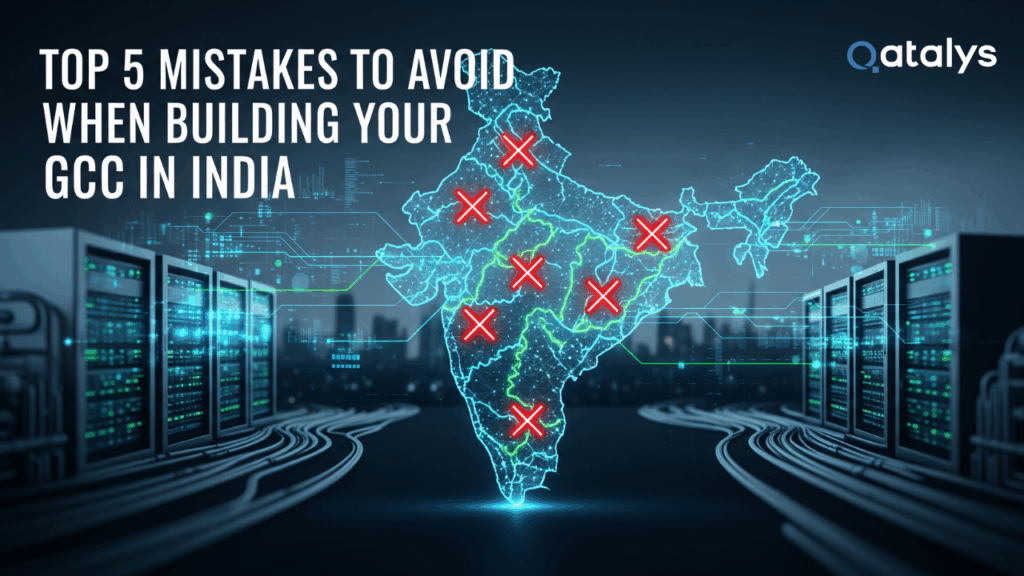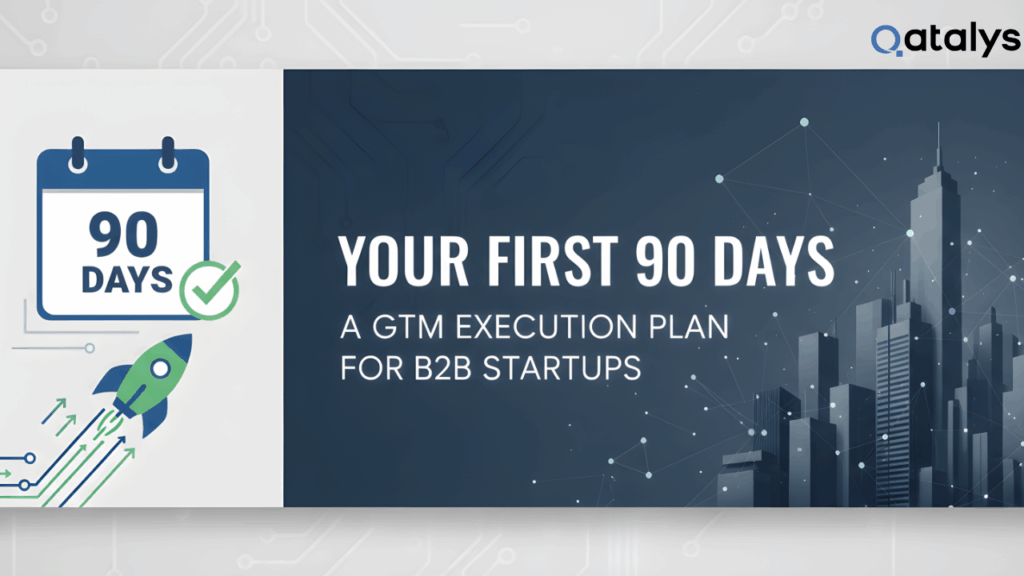Understanding the Models
Global Capability Centers (GCCs) are wholly owned, offshore subsidiaries of multinational companies. They centralize key business functions – typically tech, analytics, finance, customer support – under direct corporate control. GCCs bring operational alignment, IP ownership, and long-term strategic value injection.
Outsourcing, by contrast, involves hiring third-party vendors to handle specific functions. It’s executed via contracts and SLAs rather than being part of the core organizational structure. Focus here leans on immediate cost savings, flexibility, and scalability.
While both approaches offer offshore cost benefits, their long-term business dynamics are fundamentally different.
ROI Driver 1: Strategic Control & Long-Term Value
GCCs retain full strategic control and operational alignment – your people, processes, and IP stay within the corporate ecosystem. This leads to stronger innovation, better quality standards, and higher retention in domains like AI or fintech.
Outsourcing delivers quick variable cost leverage, but you sacrifice deeper integration. Brand alignment, knowledge retention, and strategic agility decline when execution is external – especially in data-sensitive industries.
ROI Driver 2: Cost Efficiency and Scale
Outsourcing offers cost arbitrage with minimal setup – it’s scalable, flexible, and operational lean. Varying vendor fees can be adjusted as needed.
GCCs come with upfront infrastructure and compliance costs – offices, legal frameworks, benefits. Hidden operating costs like cybersecurity or real estate can erode early gains. But over time, aligned innovation, process optimization, and internal upskilling yield greater cost and quality returns.
ROI Driver 3: Talent Quality & Cultural Integration
In GCCs, employees are hired and trained within the parent corporate culture – leading to stronger alignment, lower attrition, and better domain knowledge. Leadership and capability development often mirror HQ.
Outsourcing depends entirely on vendor talent retention. Even specialist teams may not internalize your strategic goals, and shifts or misalignments can cost productivity, trust, or IP security.
ROI Driver 4: Innovation and Agility
As of 2025, GCCs are shifting from back-office cost factories to innovation hubs – embedding AI, automation, and R&D capabilities. They support digital transformation and product-led outcomes.
Outsourcing, while flexible, rarely delivers sustainable innovation. Vendors may lack incentive to embed evolving capabilities or contribute long-term improvements – they’re often execution-bound.
ROI Driver 5: Risk, Security & Compliance
GCCs maintain full control over IP, processes, and data security – allowing adherence to regulatory frameworks (e.g., GDPR, HIPAA) and easier integration with the parent’s compliance systems. Excellent for sensitive verticals.
Outsourcing can introduce serious risks: misaligned SLAs, vendor turnover, and knowledge spill. Regulatory and trust challenges also emerge, especially in data-driven or industry-critical functions.
Decision Guide: Which Path Fits Your Needs?
| Scenario | GCC ROI | Outsourcing ROI |
| Long-term strategic capability building | High | Low |
| Need for launch & scale speed | Moderate | High |
| Budget-constrained experimentation | Low | High |
| Innovation & domain integration | High | Low |
| Compliance-sensitive verticals | High | Moderate |
| Access to global execution team now | Moderate | High |
When Outsourcing Makes Sense
- You’re testing new markets or need rapid cost-flexible capacity
- You want to keep costs low upfront for episodic or shifting workloads
- You need specialized support quickly, without setting up infrastructure
- Your functions are non-core or tactical (e.g. basic IT support, admin work)
When GCCs Have the Edge
- Innovation, product development, or strategic capabilities matter
- You’re targeting long-term alignment, culture, and ability to realign quickly
- The domain is sensitive to IP, compliance, or brand reputation
- You have runway or scale needs that justify upfront investment
Hybrid Models: Leverage the Best of Both
Top-performing enterprises often adopt a hybrid approach:
- Use GCC for core capabilities and innovation
- Outsource tactical or seasonal needs (e.g., helpdesk, routine development)
- Employ BOT (build-operate-transfer) models – launch via an external build team, then internalize those capabilities via GCC.
This approach blends cost efficiency with long-term control.
ROI Comes from Strategy, Not Just Savings
If you’re looking for short-term agility and risk-anchored spending, outsourcing delivers ROI fast. But if you’re aiming for long-term innovation, cultural alignment, data control, and competitive differentiation – the ROI of a well-run GCC becomes clear over time.
It’s not a decision between cheap or expensive – it’s a choice between transient cost savings and transforming business capabilities.
Ready to Build the Right Offshore Strategy?
Book a Strategy Call – explore which route fits your scale, industry, and long-term ambitions
Decide based on ROI, not on legacy labels.








